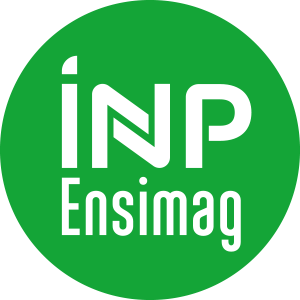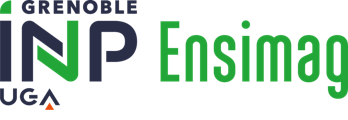Number of hours
- Lectures 36.0
- Projects -
- Tutorials -
- Internship -
- Laboratory works -
- Written tests -
ECTS
ECTS 3.0
Goal(s)
The course is structured in two parts, treated respectively and independently by Sylvein Meignen and Kévin Polisano. The first part is devoted to differential calculus and its applications in image restoration and edge detection. The second part is dedicated to the construction and practical use of the wavelet transform. Wavelets are basis functions widely used in a large variety of fields: signal and image processing, data compression, smoothing/denoising data, numerical schemes for partial differential equations, scientific visualization, etc. Connections between the two parts will be made on the aspects of denoising, edge detection and graph analysis.
Sylvain MEIGNEN, Kevin POLISANO
Content(s)
See: https://polisano.pages.math.cnrs.fr/images/course-wavelet-content.png
Prerequisitesmathematical analysis 1A Ensimag
*First session*
- Part I – Differential calculus: a written exam (3h) [N1]
- Part II – Wavelets and application: one project and two lab sessions [N2]
*Second session*
The student will have the choice of retaking only one or both parts:
- Part I: a new written exam (3h)
- Part II: continuation of the project after feedbacks from the teacher
Both parts have coefficient 0.5.
All documents are allowed for the written exam.
Final mark: N=(N1+N2)/2
Details for N1:
- The lab sessions are each one graded out of 2,5 points
- The project is graded out of 15 points
- Choice of the article (difficulty, length, ...): 1 point
- Summary and outline (in line with the targets announced): 2 points
- Report redaction (including statement of the method, novelty of the paper, ...): 3 points
- Codes (from scratch or existing librairies): 4 points
- Numerical results (replication results or extended): 3 points
- Interpretations of the results: 2 points
The course exists in the following branches:
- Curriculum - Math. Modelling, Image & Simulation - Semester 9
Course ID : 5MMOTI
Course language(s): 
The course is attached to the following structures:
You can find this course among all other courses.



